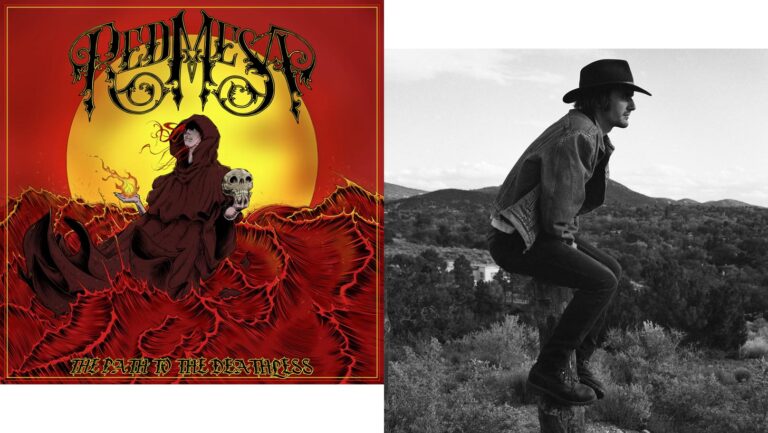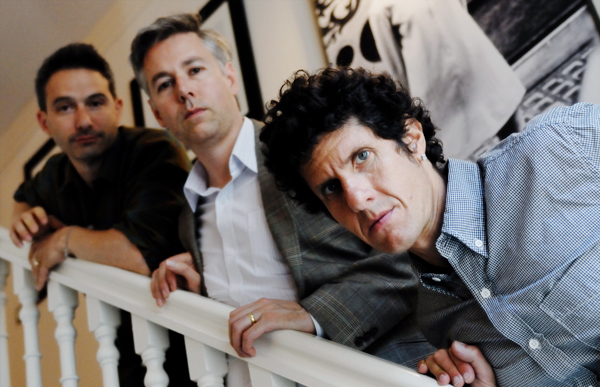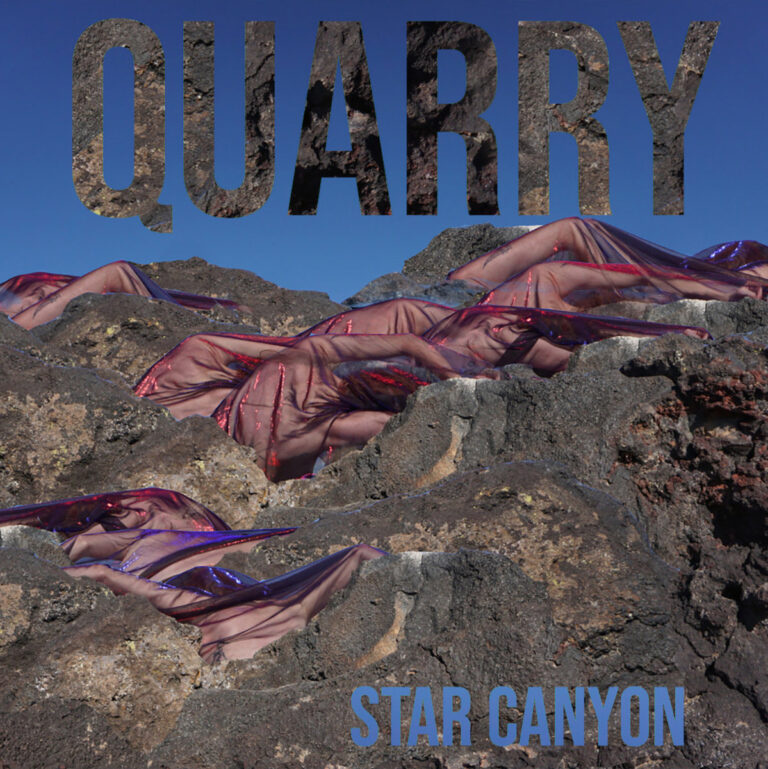The CD contains two extended prayer ceremonies. Monks and nuns of the Karma Kagyu lineage perform the Mahamudra Lineage Prayer & Meditation each morning. The chants pay respect to the lineage of accomplished Kagyu meditation masters, recognizing practitioners dating from the 7th century to the present day. In the evening, the monks perform the Mahakala Puja ceremony, consisting of an invocation and offering to Mahakala, the receiving of blessings, and a dedication to world peace and harmony.
In addition to the sometimes gravel-deep voices of four Senior Chanting Masters and five other male Chanting Masters, we hear an assortment of traditional instruments regularly played at the monastery. These include the Nga Chin, a massive temple drum played with two padded drumsticks; the Gyaling, similar to the oboe, but played with circular breathing technique; the Radung, an extremely long valveless horn that also requires circular breathing for extended notes; the Kungling, a valveless trumpet; and Sil-Nyen and Rol-Mo, flat cymbals played to a crescendo peak during intervals between chants.








